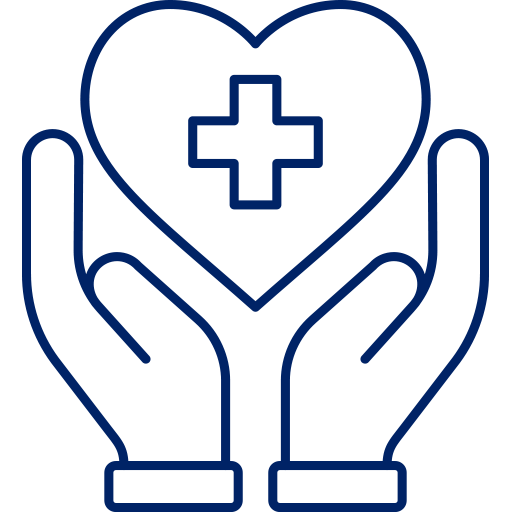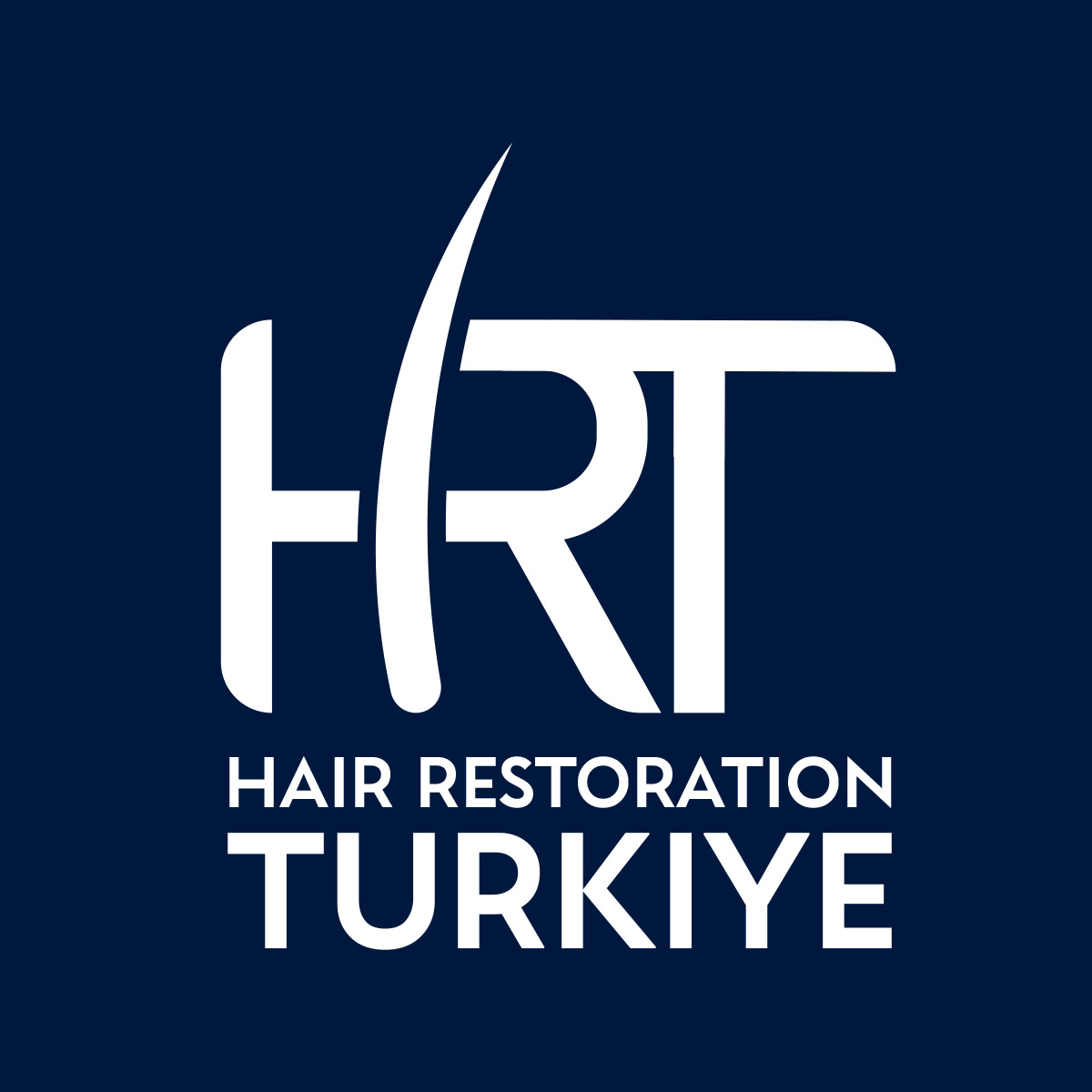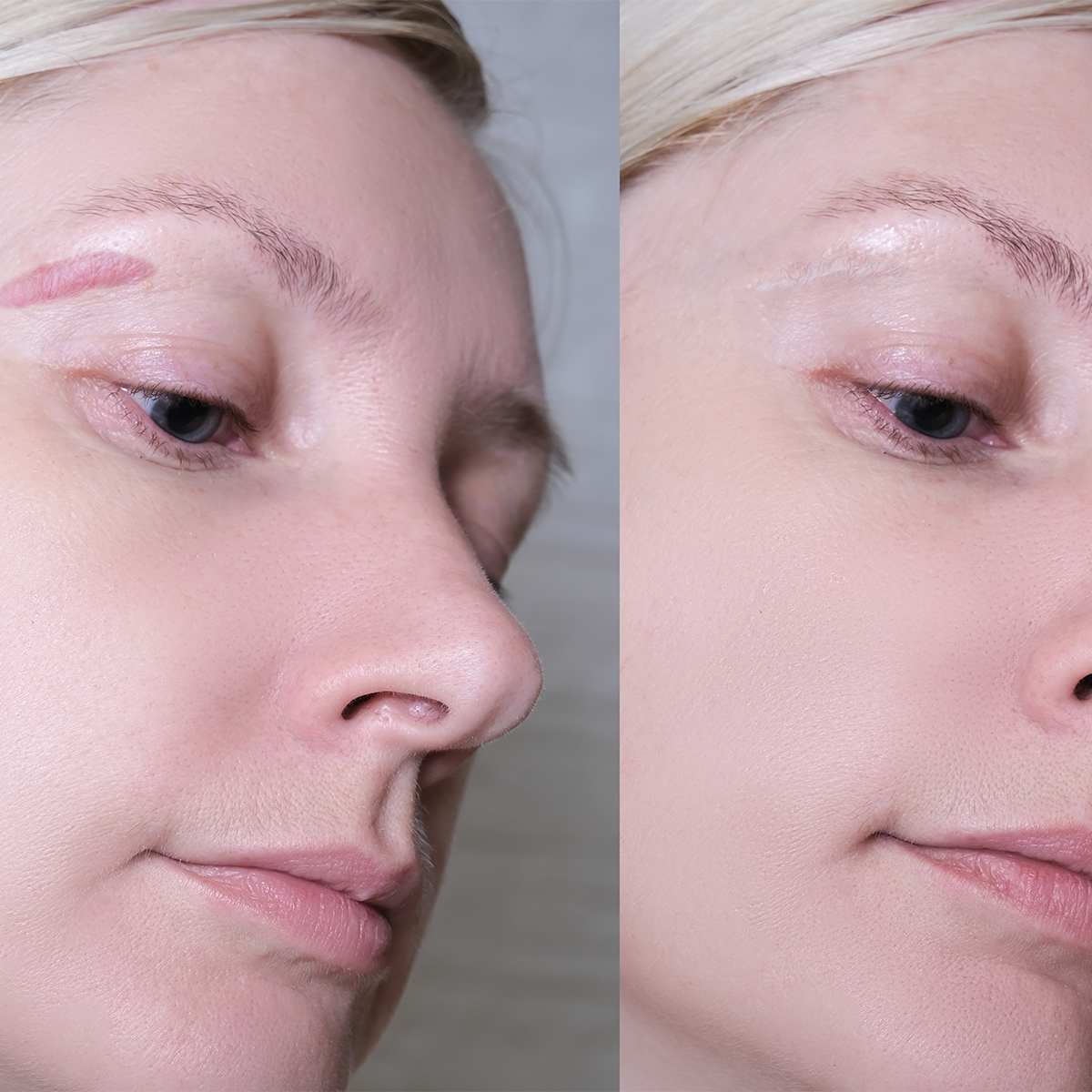
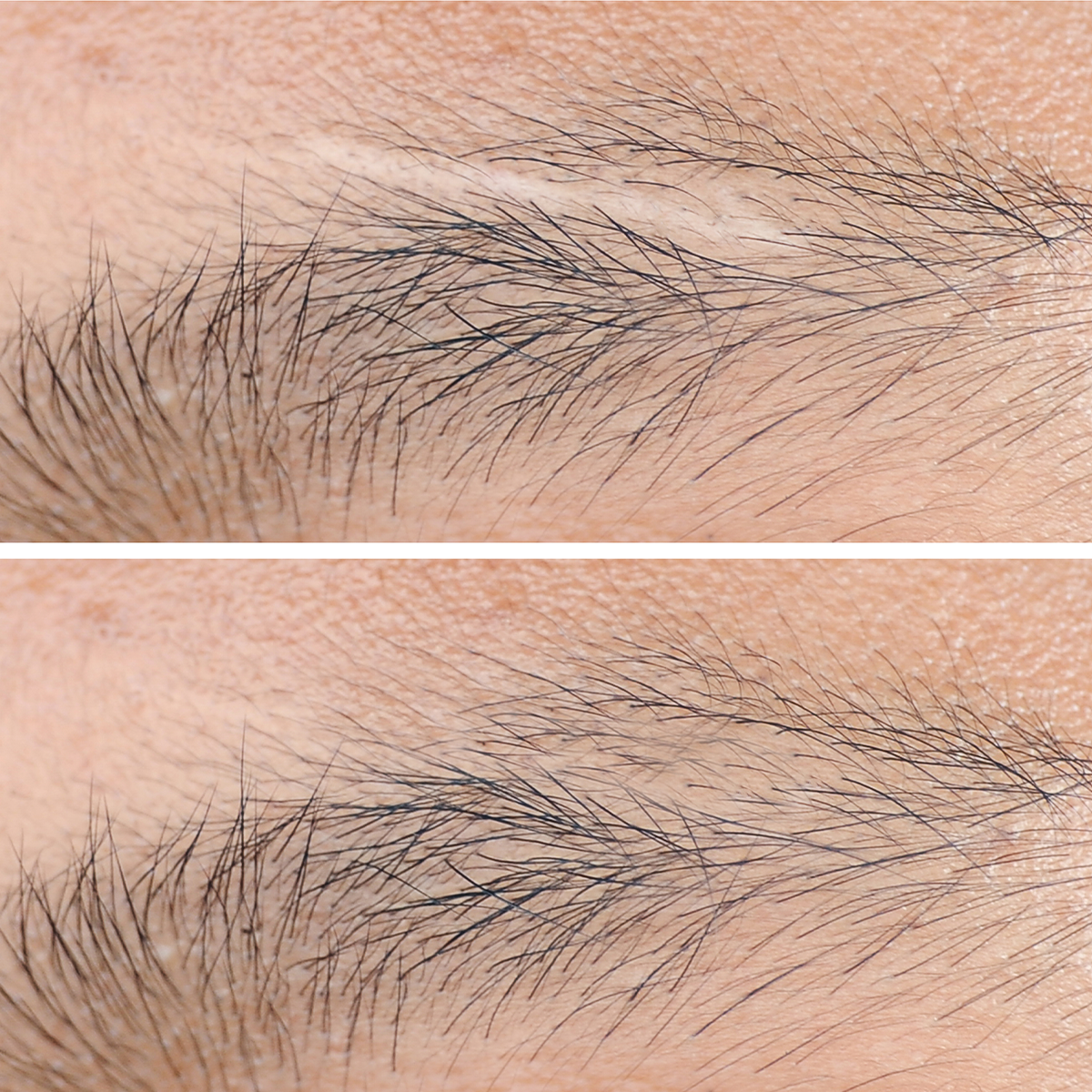
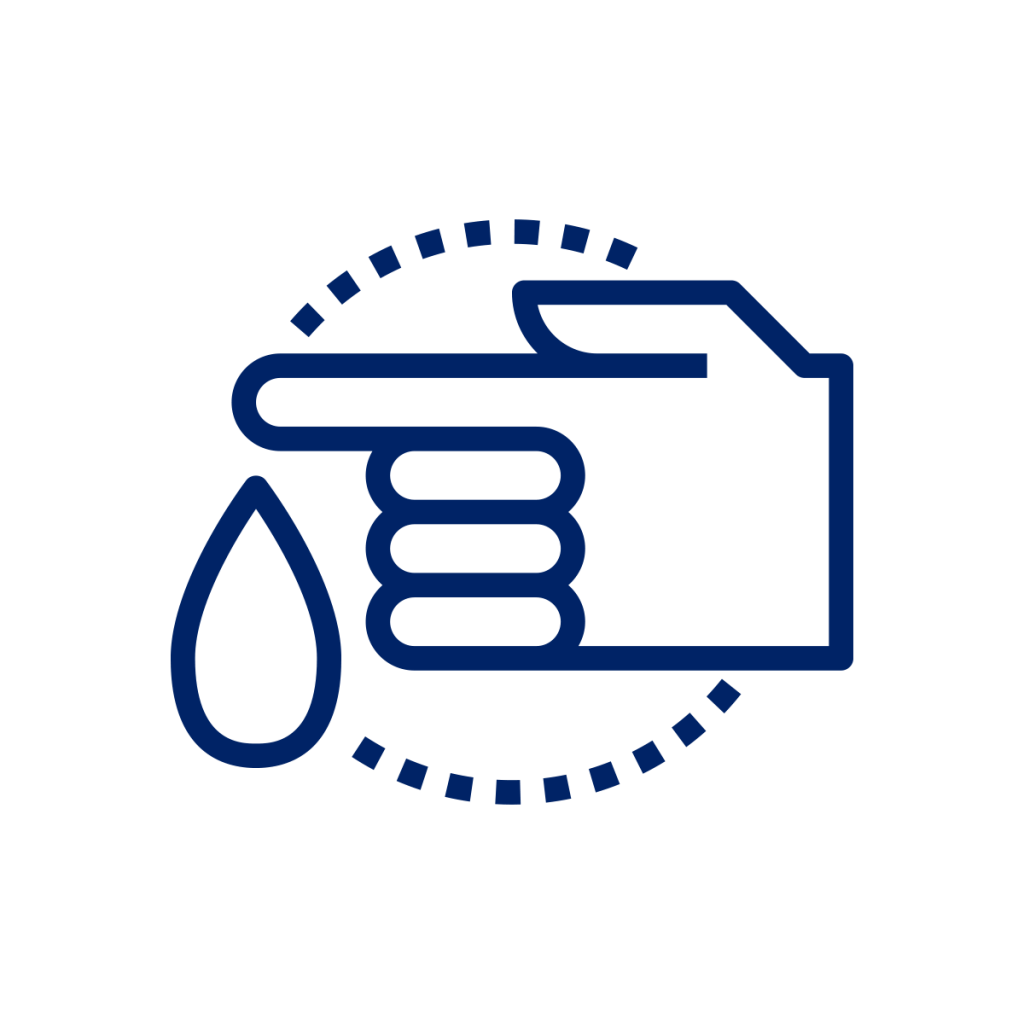

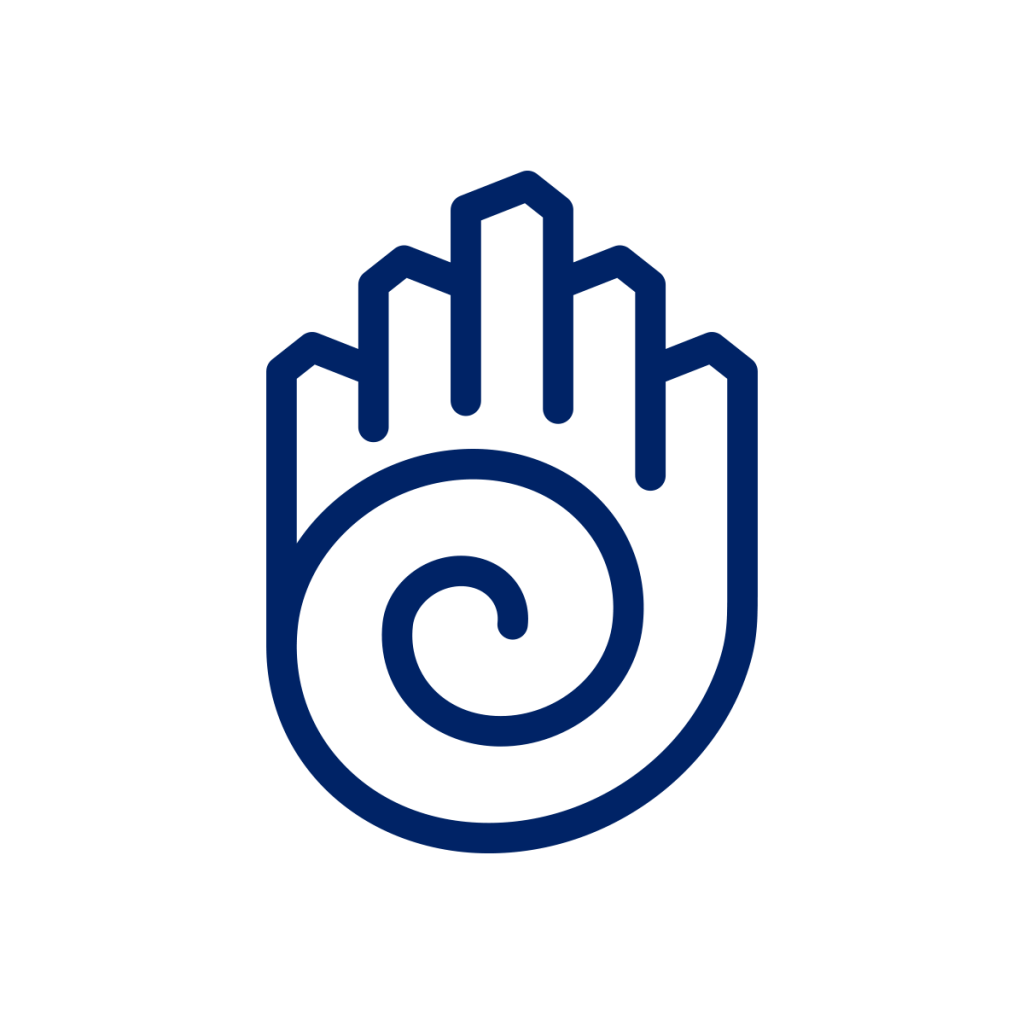

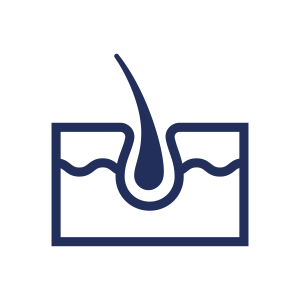
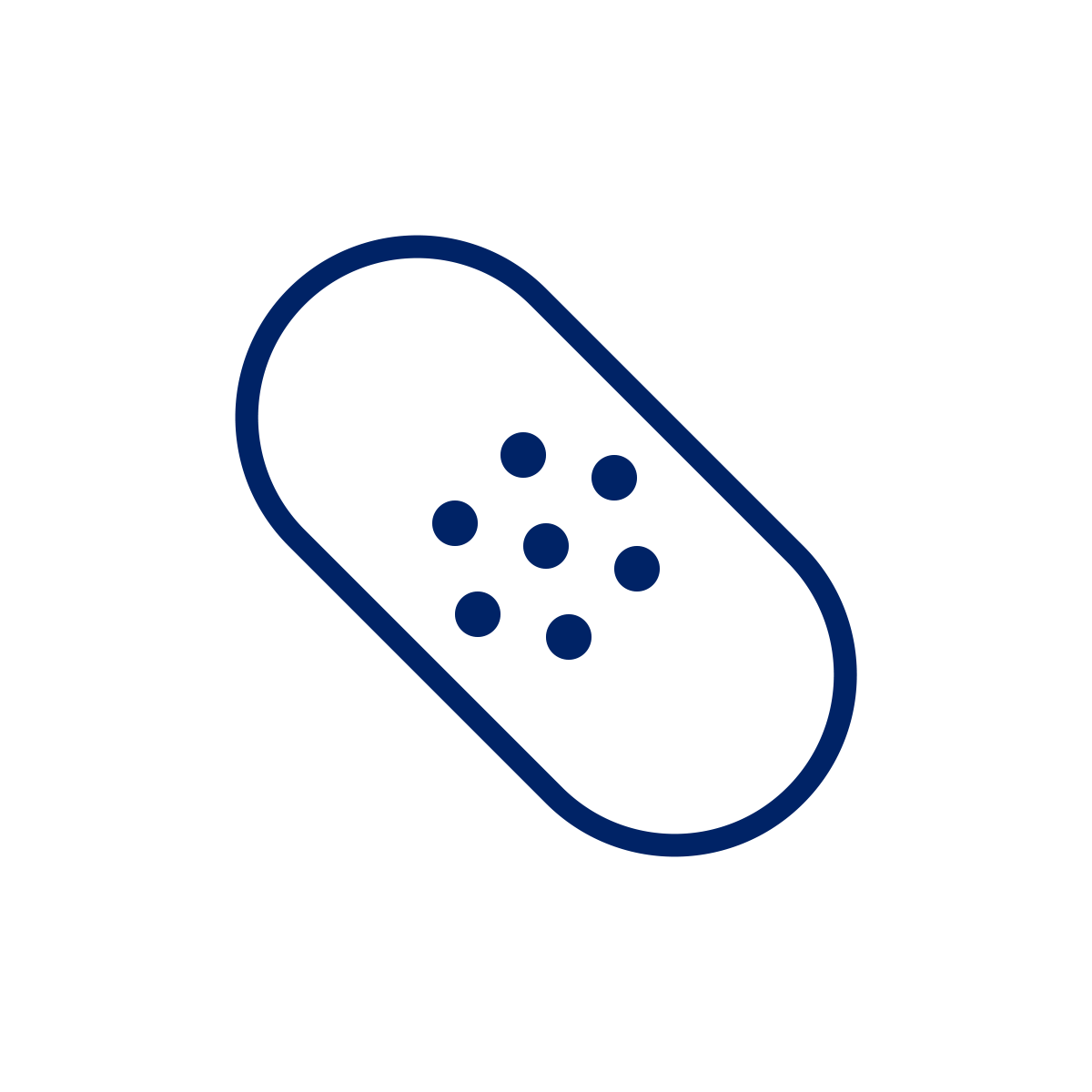
The Hair Society states that 35 million men and 21 million women in the US suffer from some form of hair loss. The International Society of Hair Restoration Surgery says that FUE hair transplantation procedures are currently the most popular hair transplant option.
So why is this method so popular? In addition to being effective and affordable, an FUE procedure is non-invasive and less likely to result in visible scarring. Because we extract one hair follicle at a time, there is a shorter recovery time and less discomfort during the procedure itself.

OPERATION BY EXPERTS
Only Hair Restoration Turkiye experts and FUE specialists will participate in the operation.


We can accommodate our guests in 4 or 5 star hotels according to the requested city in Turkey, which does not have any traffic problems and next to clinic.
